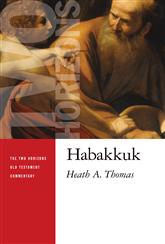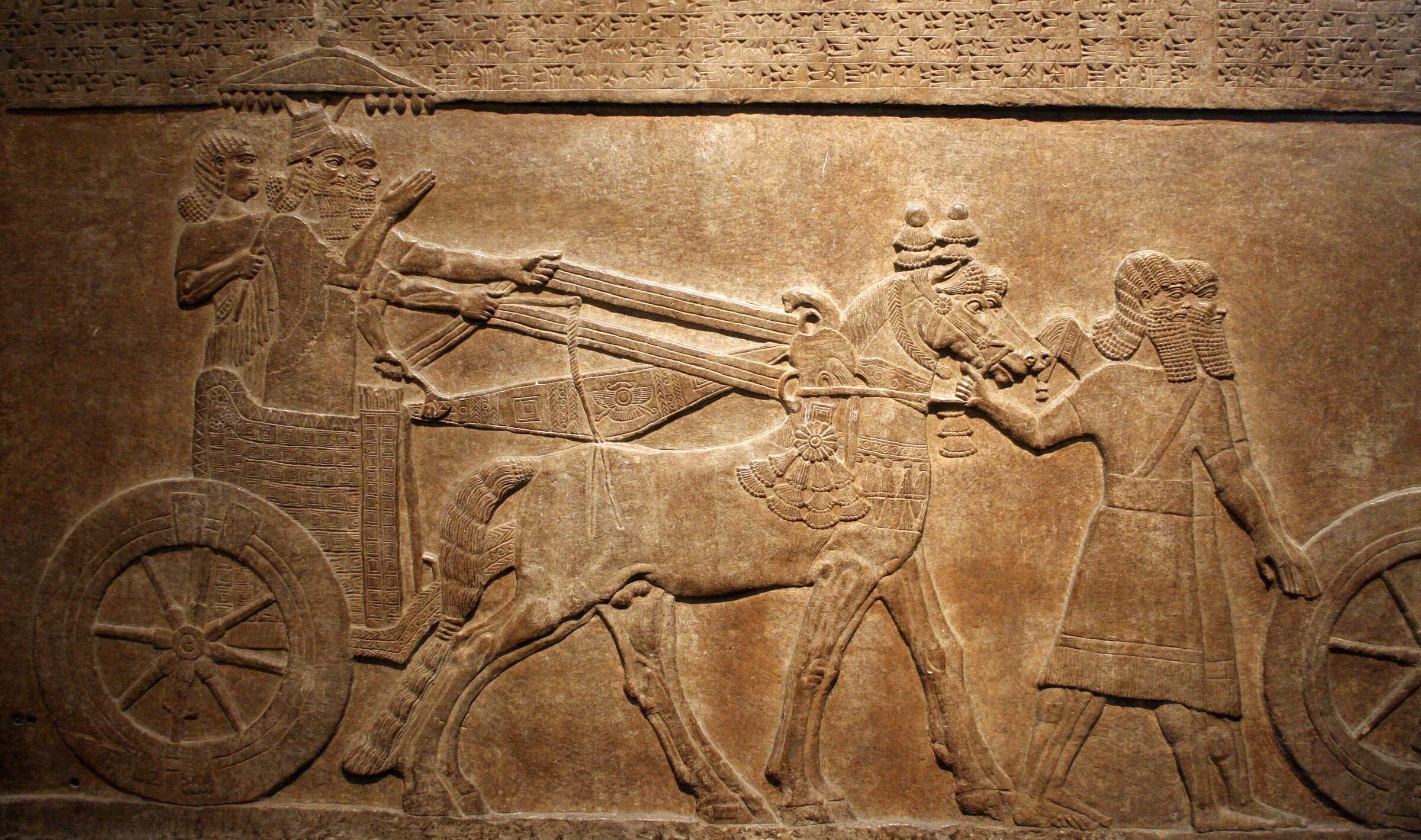The Storm-Tossed Family - A Review
Families are under attack and the only hope for them is to be reshaped by the cross of Christ.
That might sound like a reactionary statement, which could be accompanied by a decline narrative and commentary on how much worse things are today. However, as a central idea of Russell Moore’s recent book, The Storm-Tossed Family: How the Cross Reshapes the Home, he provides evidence that the family has always been critical and has always been a spiritual battle ground.
Moore writes, “Family can enliven us or crush us because family is about more than the just the life cycle of our genetic material. Family is spiritual warfare.”
The spiritual importance of the family is made evident in the pages of Scripture. Even before one of the Ten Commandments anchors the family in the very character of God, we read of Satan’s attempt to disrupt the first family by tempting Eve to sin. Shortly after that we read of one brother killing another out of jealousy. The Bible is clear that the family is a focal point for satanic attack and that the disruption of the family is one of the clearest evidences of sin in the world.
Logically, we must ask why that is.
Again, Moore helps to explain, “The family is one of the pictures of the gospel that God has embedded in the world around us. Through a really dark glass, we can see flashes in the family of something at the core of the universe itself, of the Fatherhood of God, of the communion of a people with one another.”
The balance of the volume explores the nature of the family, the corrosive ideas that are negatively impacting our families, and offers a better vision for the good of the family.
The Storm-Tossed Family is reasonably comprehensive. After introducing the concept of family being spiritual warfare Moore begins by identifying points where contemporary culture conflicts with a cross shaped vision of the family, tearing down mistaken ideas and offering a better version of the family.
This process begins with Moore’s affirmation that the Kingdom of God is the primary concern of Christians, not the family. Here he is debunking the dangerous idea that the function of the church is somehow social or political—to preserve the nuclear family—rather than spiritual.
The most important distinction in that important, but secondary, concept of the family is that the family is a picture of the gospel, not the gospel itself. No one comes to Christ because they see a strong nuclear family. They come to Christ because they recognize their need for a savior and the hope that he offers.
Additionally, Moore deconstructs one of the ongoing myths of Christian sub-culture by reminding readers that the church is a family. Thus, the hyper-territorial parenting styles that are a fairly common occurrence in children’s church and the preference of “family time” over church activities in all or most cases represents a deviation from the pattern outlined in Scripture, particularly the New Testament.
Subsequently, the place of singles in the body of Christ becomes less questionable. No longer is the local church projected as a way to support the nuclear family in a hostile world. It does that, to be sure, but the primary purpose is to be a family to exemplify the gospel. Thus, singles are an integral part of the body, not a loosely attached appendage consigned to a class of misfits on a Sunday morning.
The themes that Moore tracks down are plentiful, and the above paragraphs provide just a few examples. He also delves into human sexuality, pointing out where the church has conceded a great dal of ground to the world around—we are, as Moore has argued frequently, often simply slow-moving sexual revolutionaries. As long as we are a few decades behind society, we feel like we are being sufficiently conservative. The point, however, is not to be conservative per se, but to be biblically faithful.
The Storm-Tossed Family is an important book for our age. Moore manages to highlight errors prevalent in even the most theologically orthodox churches while holding firm to the positive patterns of family that are indicated (though rarely exemplified) in Scripture. The connection between the gospel and proper function of the family is, without question, the central theme of this book.
The good news in this book is the good news: Christ came to redeem us from our sin. One of the most affirming and reassuring anecdotes in this book is of a man, realizing he had failed often and significantly as a father, being told that Christ would redeem his failures. The message is not that it is ok to fail, as if all the wrong we do will be undone, but that in Christ all things will work together for good. Repentance is real, powerful, and effective. God doesn’t change the past, but he will redeem it through the blood of Christ. That is the sort of hope that all of us imperfect people need to hear about.
NOTE: I received a gratis copy of this volume from the publisher with no expectation of a positive review.





















The way we talk about humans also has moral implications, which are more significant than how we treat our pets. In his 2011 book, Less than Human: Why We Demean, Enslave, and Exterminate Others, David Livingstone Smith explores how language changes culture and leads to the justification of extreme violence against others, especially when they become perceived as less than human.